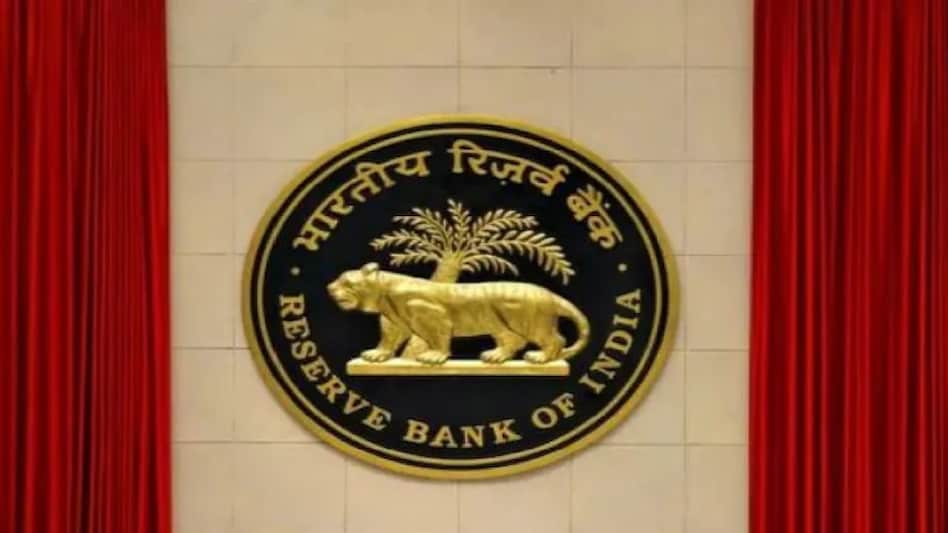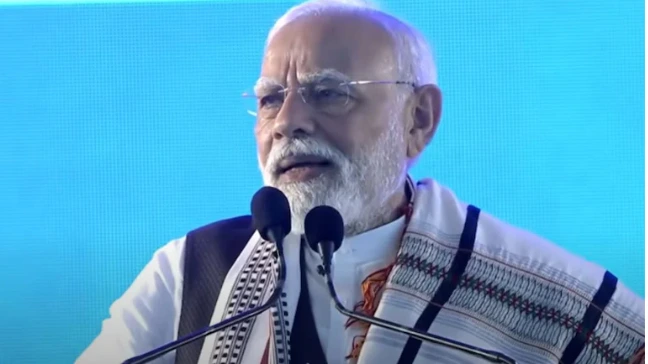The Indian rupee continues its downward slide against the dollar, slumping to a fresh record low of 71 against the dollar on Friday, August 31, for the first time ever.
The rupee slipped 26 paise today, reported news agency PTI, on persistent demand for the US currency amid rising crude prices.
Weakness in almost all other Asian peers also gave a boost to the dollar today. Indian rupee was trading at 70.93/94 per dollar and skidded to 71 per dollar in opening deals before recovering slightly on the back of dollar sales by state-run banks, said reports.
At the Interbank Foreign Exchange (Forex) market, the local currency opened lower at 70.95 a dollar and slipped further to hit its lifetime low of 71 from its previous close of 70.74. Forex dealers said besides robust month-end demand for the American currency from oil importers, dollar’s strength against its rival currencies on expectations of rising interest rates amid lingering Sino-US trade tensions, weighed on the domestic currency.
Growing fears about rising inflation and consistent outflow of foreign funds from the domestic equity market also impacted the domestic currency trading today.
“Indian rupee has depreciated around 11 per cent year to date. Higher crude oil prices, demand from defense and oil marketing firms have contributed to the latest bout of weakness. Rupee was overvalued on trade weighted real effective exchange rate. Robust FDI flows in e-commerce companies, healthy forex reserves may limit the downside of the rupee,” said VK Sharma, Head Private Client Group & Capital Market Strategy, HDFC Securities, according to an NDTV report.
Reserve Bank of India (RBI) was likely sporadically selling dollars through state-run banks to prevent a sudden sharp fall but traders do not expect any major intervention as the fall has been in line with fundamentals, said Reuters.
On Thursday, the rupee slid by 15 paise to close at 70.74 to the dollar, marking the weakest closing level for the rupee against the US currency.
Meanwhile, domestic market indices opened at a cautious note on Friday, ahead of the release of key GDP (Gross Domestic Product) data scheduled later in the day.
Globally, oil prices slipped slightly after hitting their highest levels in more than a month the previous day on growing evidence of disruptions to crude supply from Iran and Venezuela and after a fall in US inventories.
Asian shares came under renewed pressure today as a report that US President Donald Trump was preparing to step up a trade war with Beijing sent Chinese stocks lower and partially erased gains made in this week’s global rally, NDTV report said.
The rupee has significantly slid in its value over the last few months. The value of the rupee against the dollar has fallen by more than 6 percent since the beginning of 2018, and the fall has gained further momentum in the last few days, hitting life-time lows, said a report on News18 portal.
Most of the world’s currencies are bought and sold based on flexible exchange rates, meaning their prices fluctuate based on the supply and demand in the foreign exchange market. A high demand for a currency or a shortage in its supply will cause an increase in price, explained News18.
One of the primary reasons linked to the fall is the US Federal Reserve being expected to tighten its monetary policy stance further in the coming months by taking steps towards slowing down the growth in US money supply.
A slowdown in US money supply growth affects the value of rupee in two ways. Firstly, interest rates in the US will begin to rise as the Fed’s demand for various assets begins to drop. This causes a rush among investors to sell their assets in other parts of the world and invest the money in the US, where they could earn higher returns. The consequent flow of capital from the emerging markets to the US increases selling pressure on emerging market currencies and buying pressure on the dollar.
Secondly, as the Fed begins to tighten money supply, the availability of dollars in the global market is likely to turn scarce, compared to other currencies.
Both these factors increase demand for dollar and raise the price at which it is bought using other currencies.
Impact of falling rupee:
The weakening rupee will make crude oil, fertilisers, medicines and iron ore, which India imports in large quantities, costlier.
These are not items of daily consumption, but they impact an individual’s finances indirectly and lead to overall price rise: costlier crude oil will lead to rise in petrol and diesel prices (see below); pulses and oil, which account for a large part of India’s imports, will also be affected; students who have taken loans to fund their foreign degrees will also bear the brunt. Education loans are usually in rupees, but as students pay their expenses in a foreign currency, the cost of education and stay will increase. Transport of goods, automobile prices and items using imported parts will all become expensive.
Petrol and diesel prices shoot up, Diesel crosses Rs.70/litre mark for the first time in Delhi
Fuel prices shot up again on Friday and, with a surge of 28 paise per litre, diesel is selling above the 70-mark for the first time in Delhi at Rs 70.21 per litre, said a report in the India Today.
For Mumbai and Kolkata, diesel has increased to Rs 74.54 per litre and Rs 73.06 per litre.
Petrol prices have gone up by around 21 paise per litre to Rs 78.52 in Delhi, Rs 81.44 in Kolkata and Rs 85.93 in Mumbai.




















